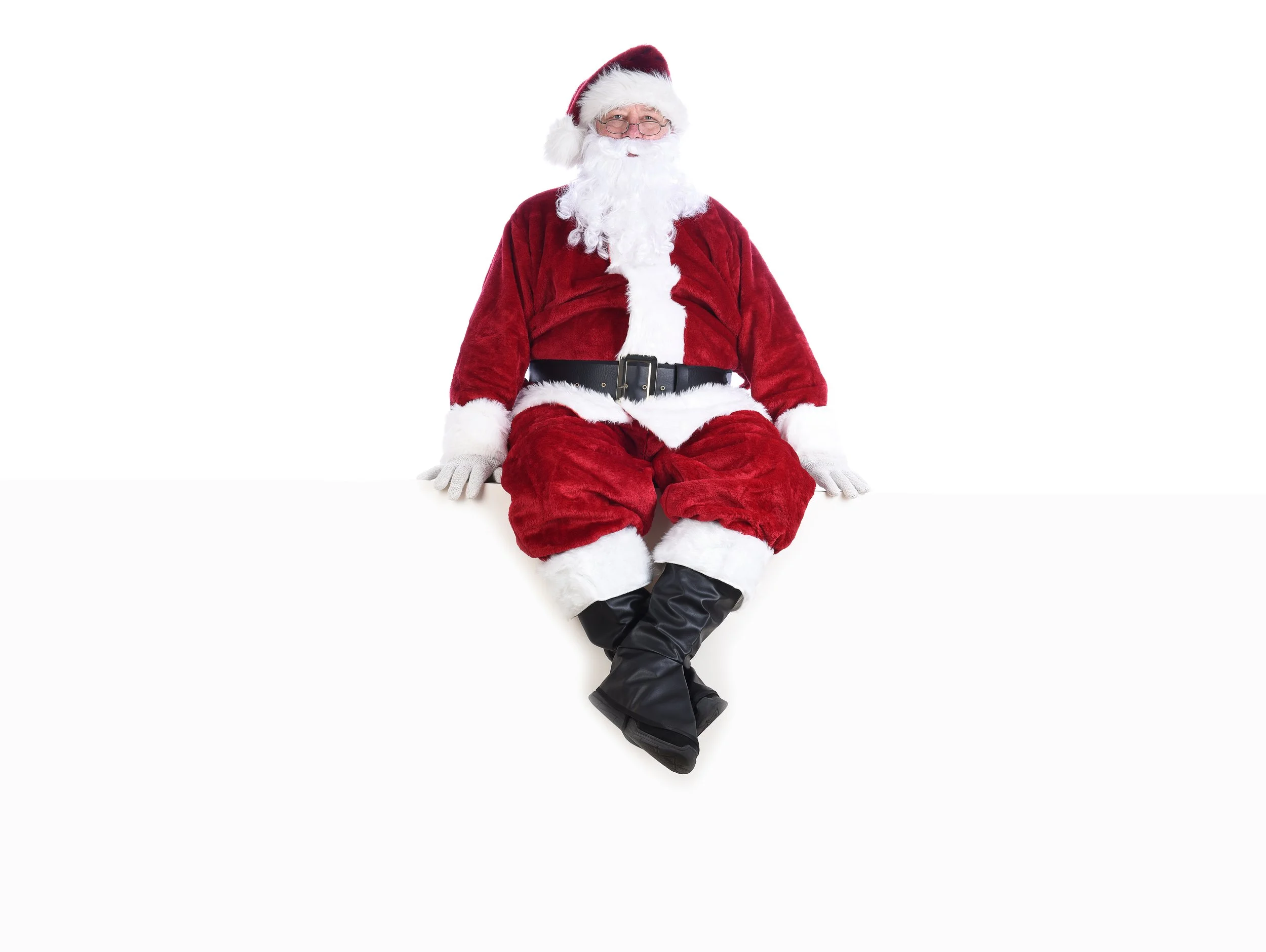Exploring the Ancient Roots of Modern Christmas Traditions
Christmas is a Christian holiday filled with joy, light, and warmth, but did you know many of its traditions have roots that stretch back long before the birth of Jesus Christ? Some of the most familiar parts of our modern holiday celebrations come from ancient festivals and customs that different cultures practiced for centuries.
Take Saturnalia, for example. This was a big festival in ancient Rome that happened in mid-December. It was all about celebrating Saturn, the god of agriculture, and it was a time of feasting, games, and gift-giving. People even flipped societal roles, with servants being treated like masters for a day. That spirit of generosity and good cheer feels pretty familiar when you think about how we celebrate Christmas now, doesn’t it?
Then there’s Yule, an old festival celebrated by Germanic and Norse people. Yule happened around the winter solstice, the shortest day of the year, when people eagerly looked forward to the return of longer days and more sunlight. To mark the occasion, they’d light candles, decorate their homes with evergreen branches (a symbol of life that endures through winter), and burn a big Yule log. Sound like any holiday traditions you know?
Even the date of Christmas itself, December 25th, has connections to ancient celebrations. In the Roman Empire, December 25th was the day of the festival for Sol Invictus, or the “Unconquered Sun.” This holiday celebrated the return of longer days after the solstice. Early Christians may have chosen this date to symbolize Jesus as the “light of the world.”
And what about Santa Claus? His story is a blend of legends and traditions from different cultures. In Norse traditions, there was Odin, a bearded god who flew across the sky during Yule, delivering gifts. Perhaps the most famous influence comes after the birth and death of Jesus; Saint Nicholas, a 4th-century bishop came from what is now Turkey. Saint Nicholas was known for his kindness and generosity, often giving secretly to those in need—like the tale of him dropping gold coins down a chimney to help a poor family. Over time, his story spread across Europe, mixing with local folklore. When Dutch settlers brought their version of Saint Nicholas, or “Sinterklaas,” to America, he evolved further, eventually becoming the jolly, red-suited Santa we know today. His image—along with his sleigh, reindeer, and love for cookies—came from a mix of old traditions and modern imagination.
What’s really fascinating is how all these old traditions—whether they’re about celebrating the sun’s return, the end of the harvest, or just having fun together—have influenced the way we celebrate Christmas today. Things like twinkling lights, giving gifts, and decorating with evergreens are more than just festive touches; they’re echoes of traditions that go back thousands of years.
Christmas is, of course, a Christian holiday at its heart, but it’s also a time when different cultures, histories, and beliefs come together in a beautiful way. By celebrating, we’re not just making new memories; we’re carrying forward a little piece of the past too.

